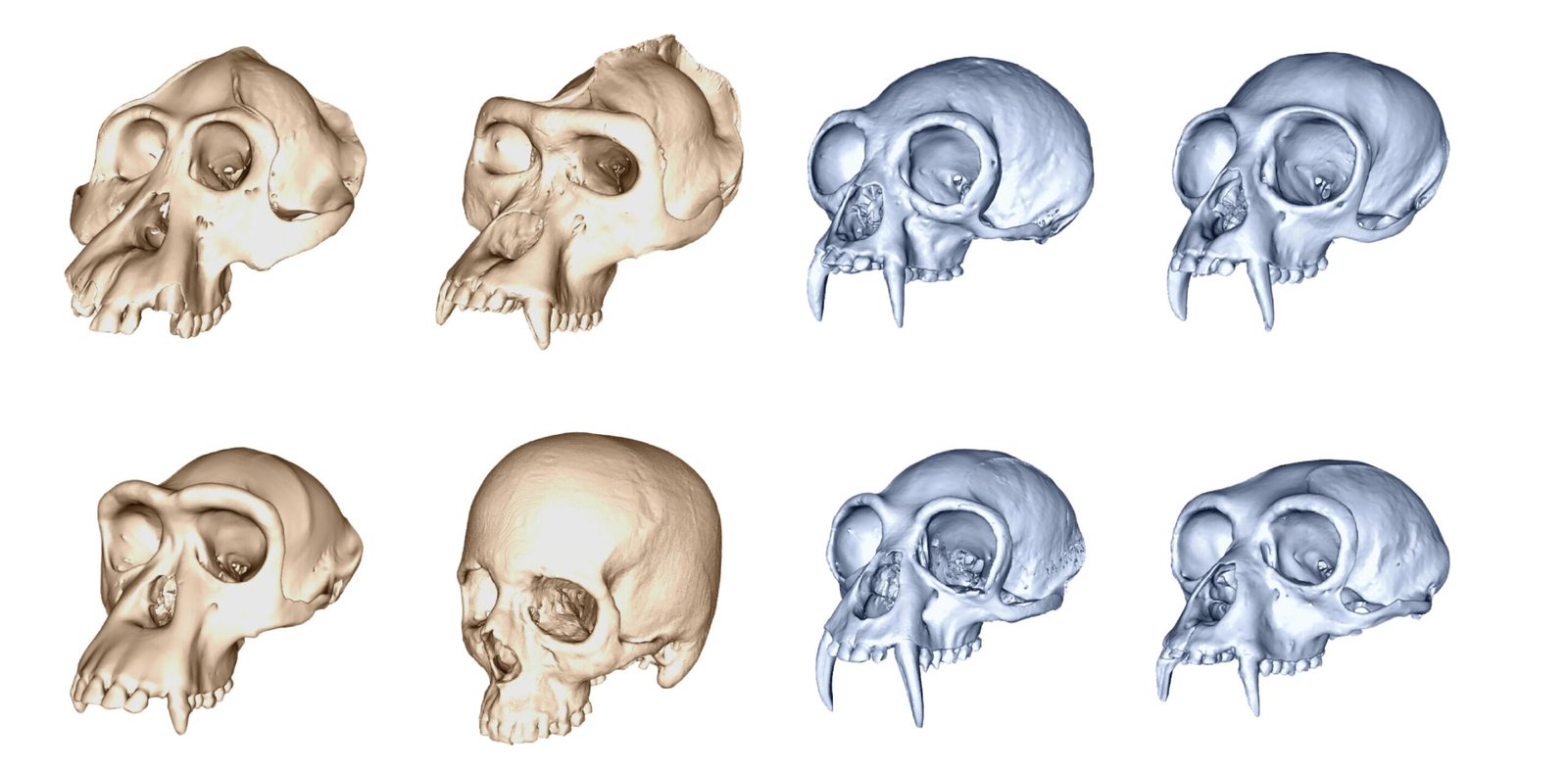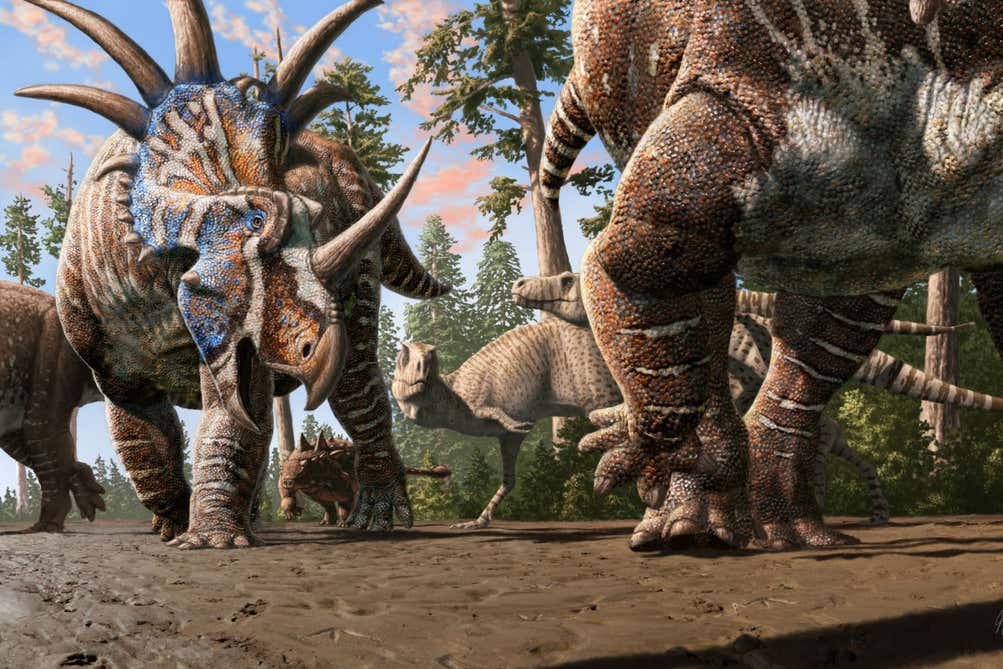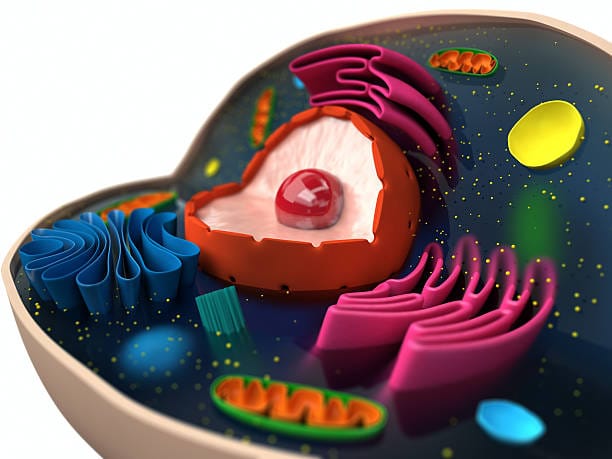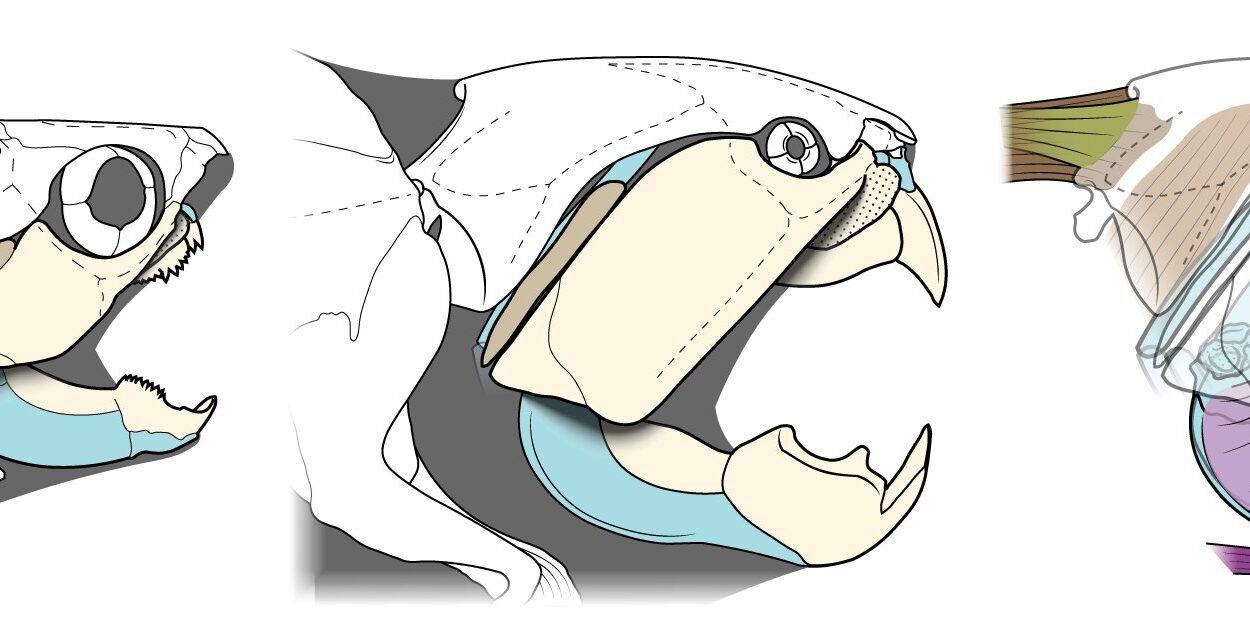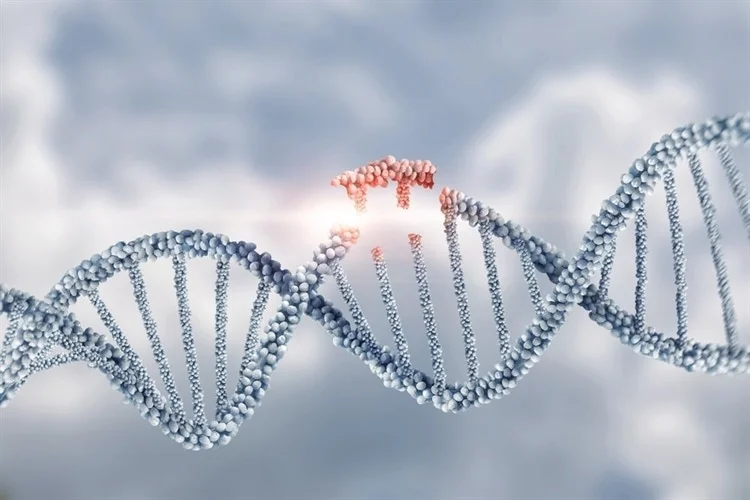For millions of years, humans and our ape relatives have shared the same Earth, bound by common ancestry yet separated by extraordinary differences. Among these, one stands out—our uniquely shaped skulls. Compared to other apes, humans have evolved large, rounded brains and flatter faces at a strikingly rapid pace. A new study by researchers at University College London (UCL) reveals just how exceptional this transformation has been, and what it tells us about the forces that shaped our evolution.
The study, published in Proceedings of the Royal Society B: Biological Sciences, found that the human skull has changed more swiftly than that of any other ape species. These changes, researchers suggest, may reflect powerful evolutionary advantages tied not just to intelligence, but also to the complex social lives that define our species.
The Story Written in Bone
Our skulls are more than mere protective shells for our brains—they are living records of evolution. Every curve, ridge, and hollow in the human skull tells a story of adaptation, survival, and transformation. Dr. Aida Gomez-Robles, lead author of the UCL study, explains that humans stand out dramatically among our primate relatives: “Of all the ape species, humans have evolved the fastest. This likely speaks to how crucial skull adaptations associated with having a big brain and small faces are for humans that they evolved at such a fast rate.”
These words capture something profound: the human face and brain did not evolve slowly, inch by inch, over vast stretches of time. They changed rapidly, suggesting that evolution had strong reasons—perhaps even urgent pressures—to reshape us as it did.
Tracing Evolution Through Virtual Skulls
To uncover this evolutionary mystery, the researchers turned to three-dimensional digital reconstructions of ape skulls. Using high-resolution scans, they compared the shapes of skulls from modern species, including humans, chimpanzees, gorillas, orangutans, and gibbons. The team examined how the skull’s key regions—such as the upper and lower face, the front of the head, and the back of the skull—differed between species.
This wasn’t just a visual comparison. Powerful computer models allowed the researchers to quantify the differences numerically, producing one of the most detailed 3D analyses of ape skull evolution ever conducted.
Their findings were clear: humans have undergone far greater changes in skull shape than any of our closest relatives. In evolutionary terms, our skulls evolved about twice as fast as expected, indicating that something more than random mutation and slow adaptation was at play.
The Divergent Paths of Apes
About 20 million years ago, the ancestors of today’s great apes (the hominids) and lesser apes (the hylobatids, which include gibbons) split into separate evolutionary lineages. Since that time, the hominids have diversified spectacularly. Their skulls show wide variations—massive jaws in gorillas, broad faces in chimpanzees, and, of course, the rounded skull and small face of humans.
In contrast, the hylobatids remained remarkably uniform. Gibbons, despite living in varied environments across Asia, have skulls that look strikingly similar from one species to another. This lack of diversity made them an ideal baseline for the study. When the researchers compared human evolution to that of these slow-changing gibbons, the difference was astonishing—humans had changed much more, and much faster.
The Hallmarks of Humanity: Flat Faces and Big Brains
Most great apes have faces that jut forward, a feature known as prognathism, with relatively small brains compared to their body size. Humans, by contrast, possess large, round skulls that accommodate an unusually big brain and faces that are almost vertical.
The combination of a large brain and a flat face is not just cosmetic—it’s functional and symbolic. A larger brain supports complex reasoning, language, memory, and creativity. A flatter face changes how we communicate, allowing for more subtle expressions and vocalizations. Together, these features may have given our ancestors powerful advantages in survival and social bonding.
Interestingly, gibbons share one feature with us: relatively flat faces and rounded skulls. However, their brains are much smaller, suggesting that while similar skull shapes can evolve for different reasons, only humans experienced the combination of a large brain and dramatically restructured face.
The Speed of Evolution
The rate at which human skulls evolved stands out as one of the fastest among all primates. The researchers found that humans changed about twice as much as would be expected if skull evolution followed the same steady pace seen in other apes.
But why the rush? One possibility is that the demands of growing intelligence pushed evolution forward. As our ancestors began to use tools, form complex social groups, and communicate with increasing sophistication, larger and more capable brains may have been favored. Over generations, natural selection could have reshaped the skull to better house and support this expanding organ.
Yet the study’s authors caution that brainpower alone cannot explain everything. Social pressures—like competition for mates, cooperation, and the emergence of group hierarchies—may have also driven rapid change. Evolution, after all, is rarely guided by a single force.
The Role of Social Selection
Dr. Gomez-Robles and her team point out an intriguing comparison: after humans, gorillas show the second fastest rate of skull evolution. But unlike humans, their brains are relatively small. For gorillas, the changes seem to have been driven by social selection—adaptations tied to dominance, mating success, and social structure.
Male gorillas, for instance, often develop large crests on their skulls that signal strength and status within their groups. These features aren’t about intelligence—they’re about influence and identity within their social world.
Could something similar have happened in humans? Possibly. While our evolutionary story is shaped by intelligence, social factors like cooperation, identity, and expression likely played major roles too. The human face is a canvas for communication—its subtle movements convey emotion, intention, and empathy. In this sense, evolution may have sculpted our skulls not just to hold a bigger brain, but to better connect us to one another.
A Symphony of Biology and Society
Human evolution is a masterpiece of intertwined forces. Biology and behavior, survival and society, all played their parts. The shape of our skull reflects not only the mechanics of a growing brain but the invisible forces of community, culture, and shared emotion.
Our ancestors who could read facial expressions or communicate more clearly may have been more successful in raising offspring, hunting together, or avoiding conflict. Over time, these small advantages accumulated, transforming our species from ape-like ancestors into beings capable of art, science, and reflection.
Why Understanding Our Evolution Matters
This study adds an important chapter to the story of human origins. It reminds us that our uniqueness lies not only in what we think, but in how we are built. Our physical evolution mirrors our mental and social growth, revealing how nature shaped us into the deeply connected, thinking creatures we are today.
It also shows that evolution doesn’t always move at a steady pace. When the right conditions arise—when intelligence, environment, and society converge—evolution can accelerate dramatically. In humans, that acceleration gave rise to everything from language and technology to empathy and imagination.
The Face in the Mirror
When we look in the mirror, we see the result of millions of years of change—bones and muscles refined by countless generations. Our flat faces and large skulls aren’t random quirks of nature; they are the physical expressions of what it means to be human.
Behind every smile, every curious glance, and every idea sparked in our mind lies a long evolutionary journey—one that continues to shape us today. The story told by our skulls is not just about anatomy; it’s about identity. It’s about how we became us.
A Continuing Mystery
Though this study answers some questions, many remain. What specific pressures caused our skulls to evolve so quickly? Were they environmental, cognitive, or social—or all three at once? And how might our species continue to change in the future, as technology, culture, and biology increasingly intertwine?
As researchers continue to unravel the complex dance between biology and behavior, one thing is clear: evolution did not stop when humans appeared. It continues within us, quietly guiding the next chapters of our story.
The Legacy of Evolution
The rapid evolution of the human skull is more than a scientific curiosity—it’s a testament to the extraordinary adaptability of life. It speaks to our ability to change, to learn, and to shape our world. From ancient forests to modern cities, from stone tools to artificial intelligence, the same brain that once struggled to survive now contemplates its own origins.
The story of our skulls is, ultimately, the story of consciousness awakening. It reminds us that our humanity is both ancient and ever-evolving—an unfinished masterpiece still being written in the language of life.
More information: Accelerated evolution increased craniofacial divergence between humans and great apes, Proceedings of the Royal Society B: Biological Sciences (2025). DOI: 10.1098/rspb.2025.1507
